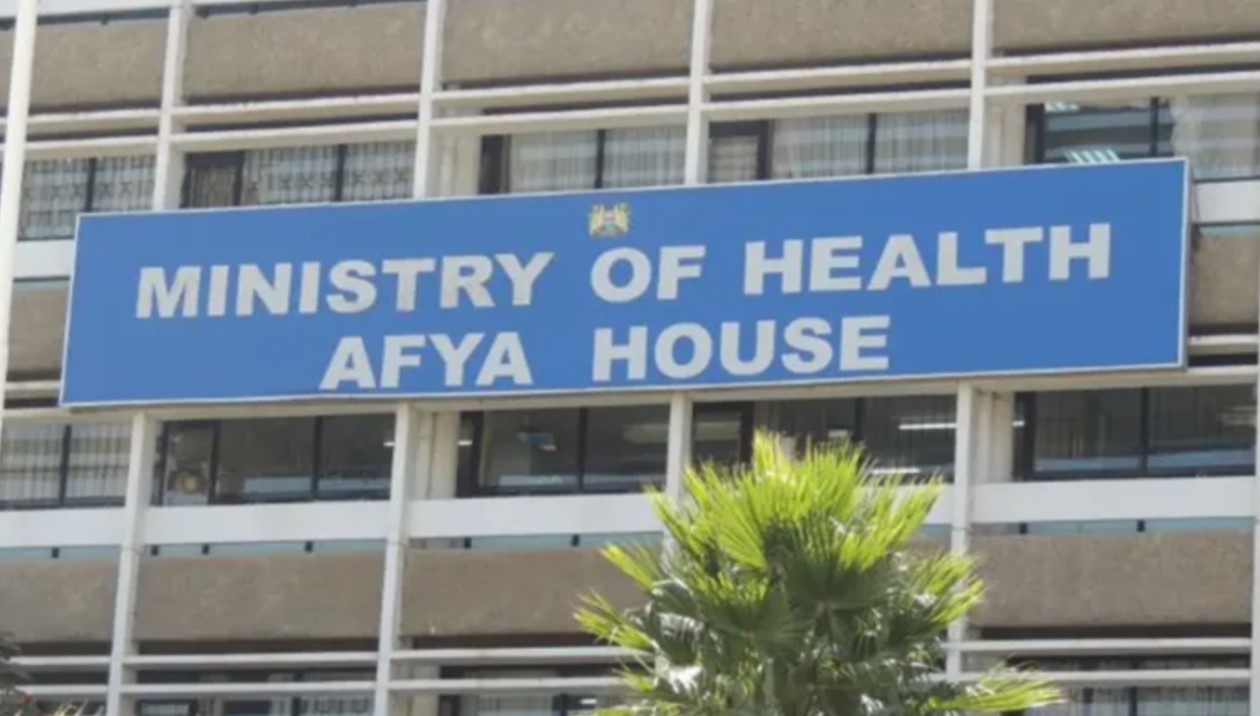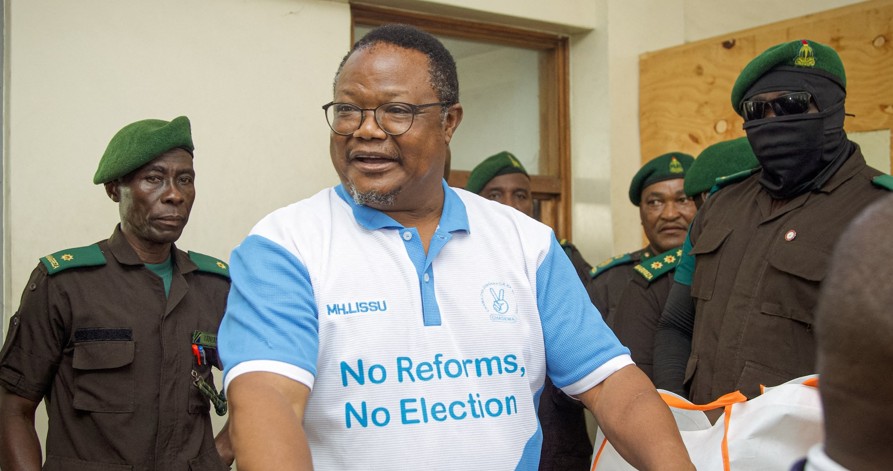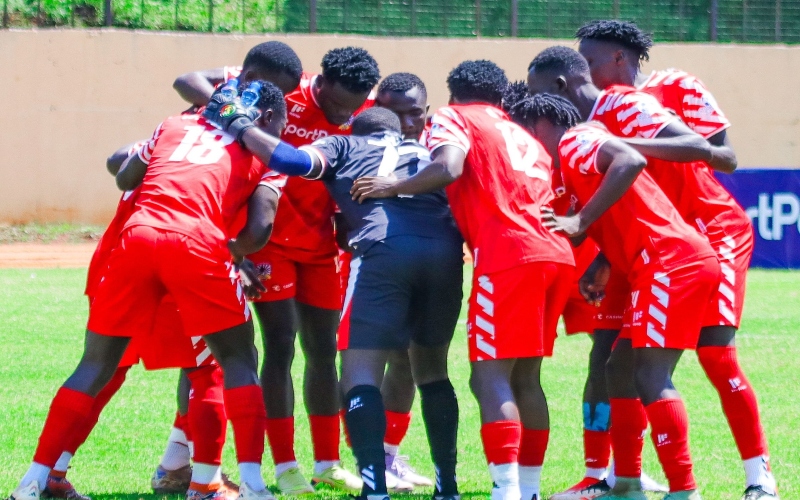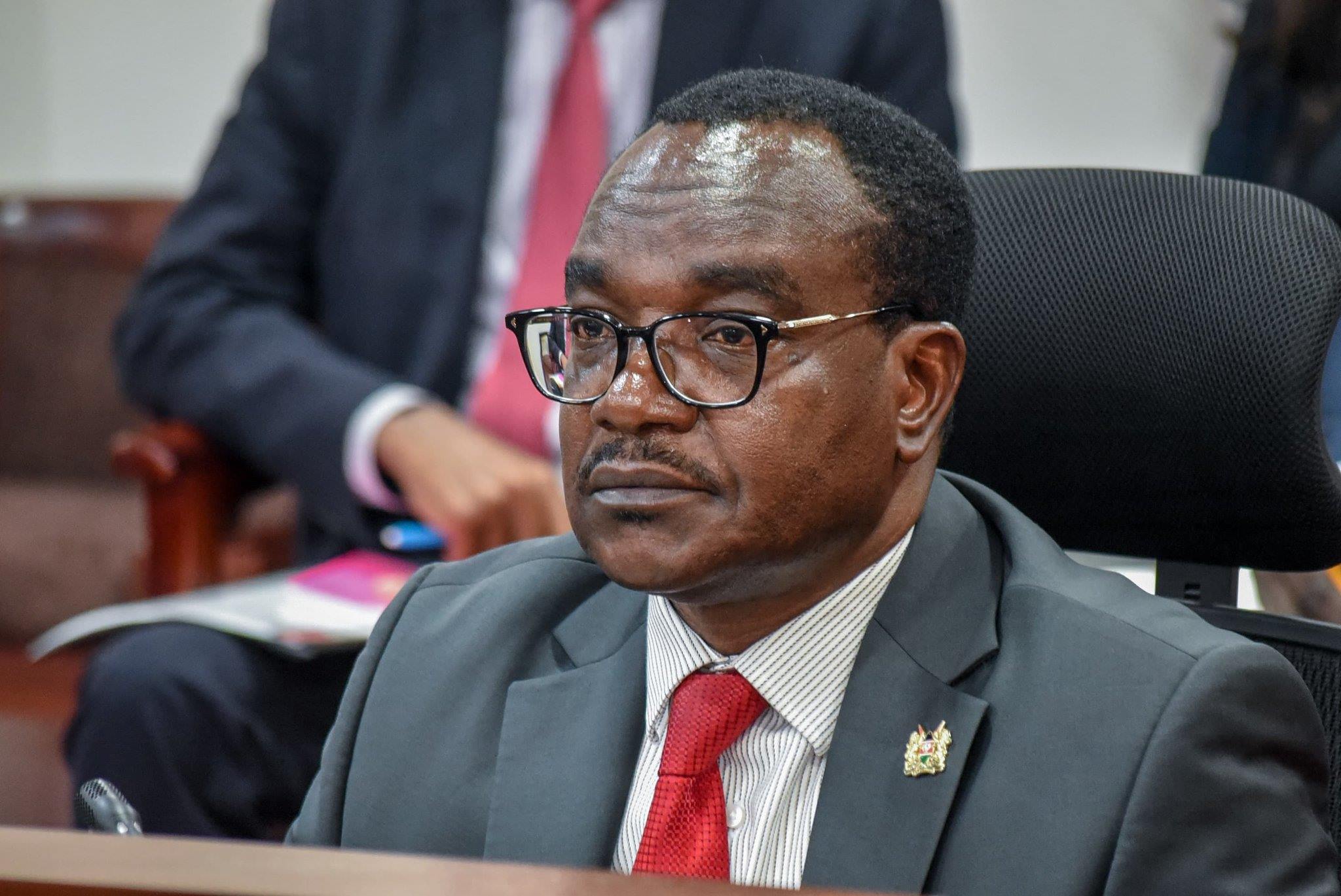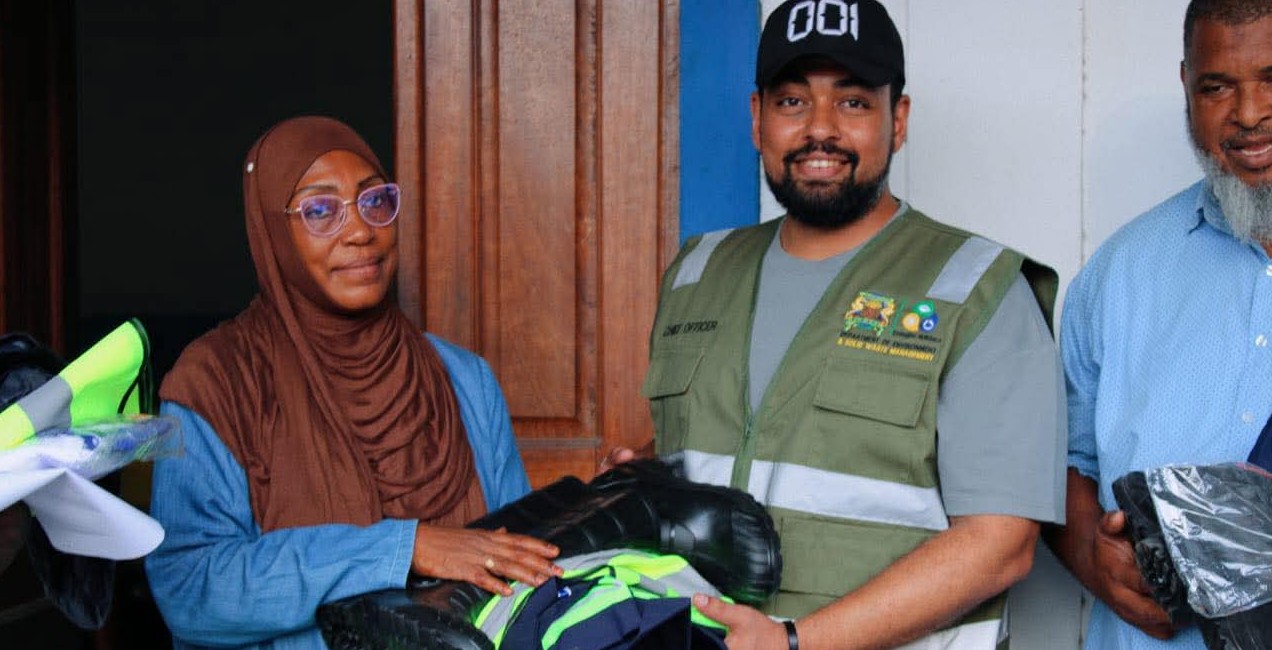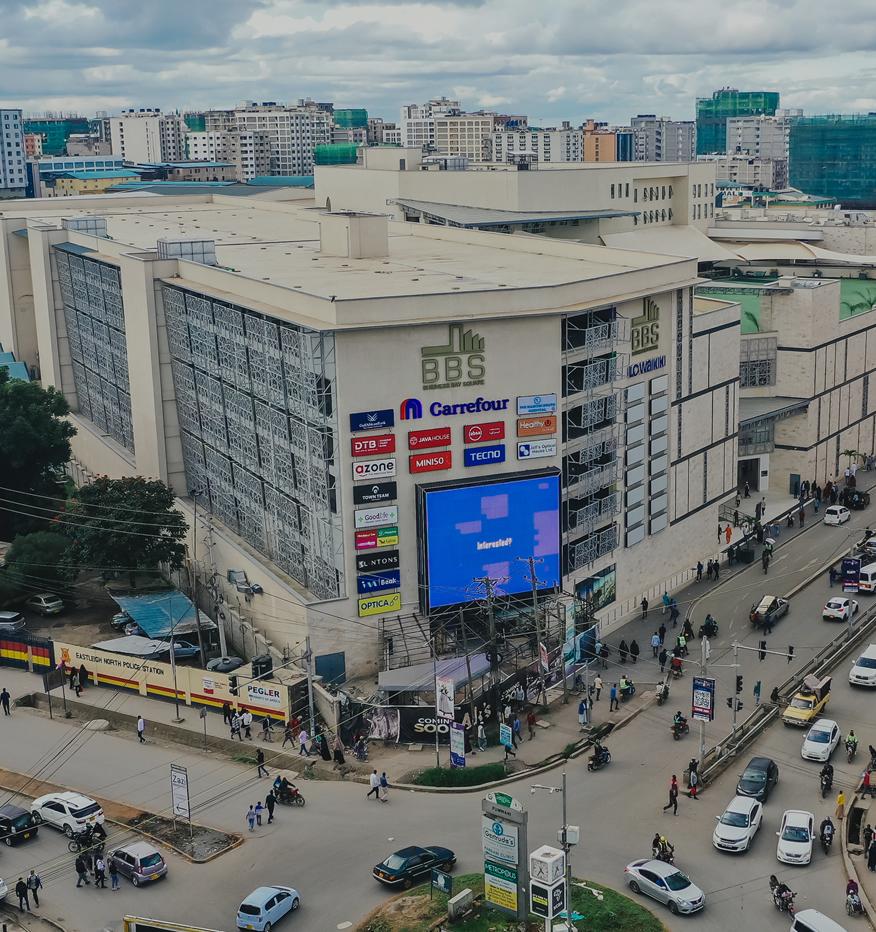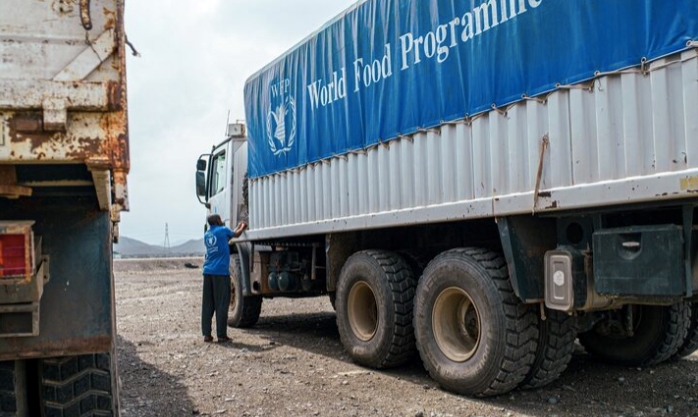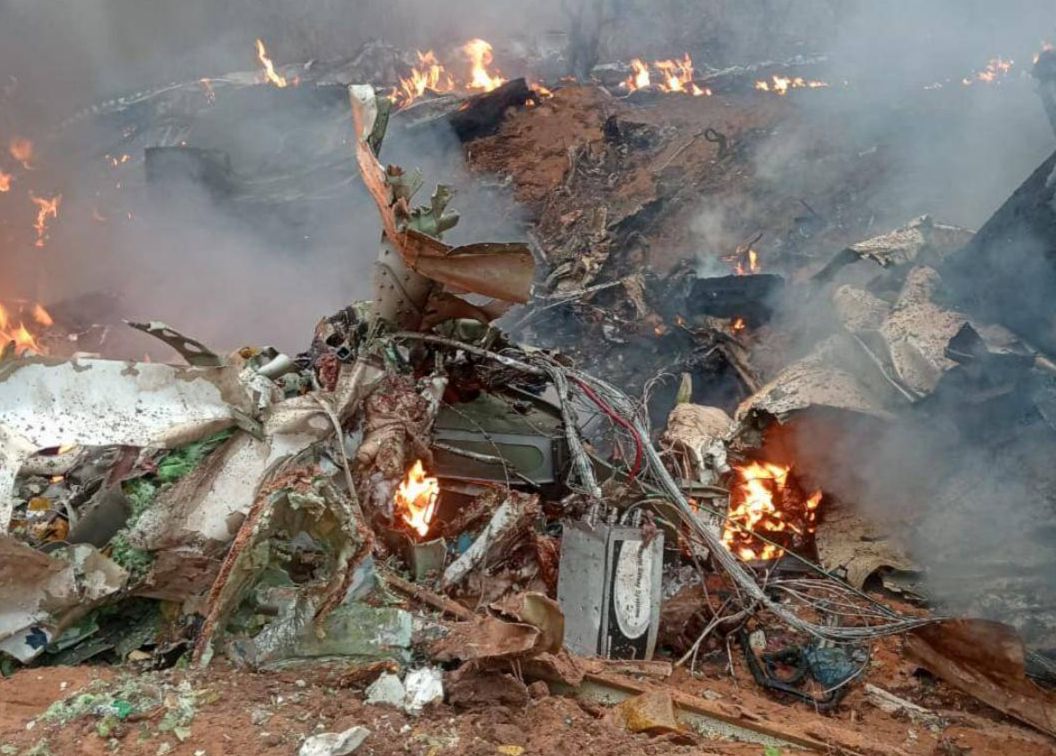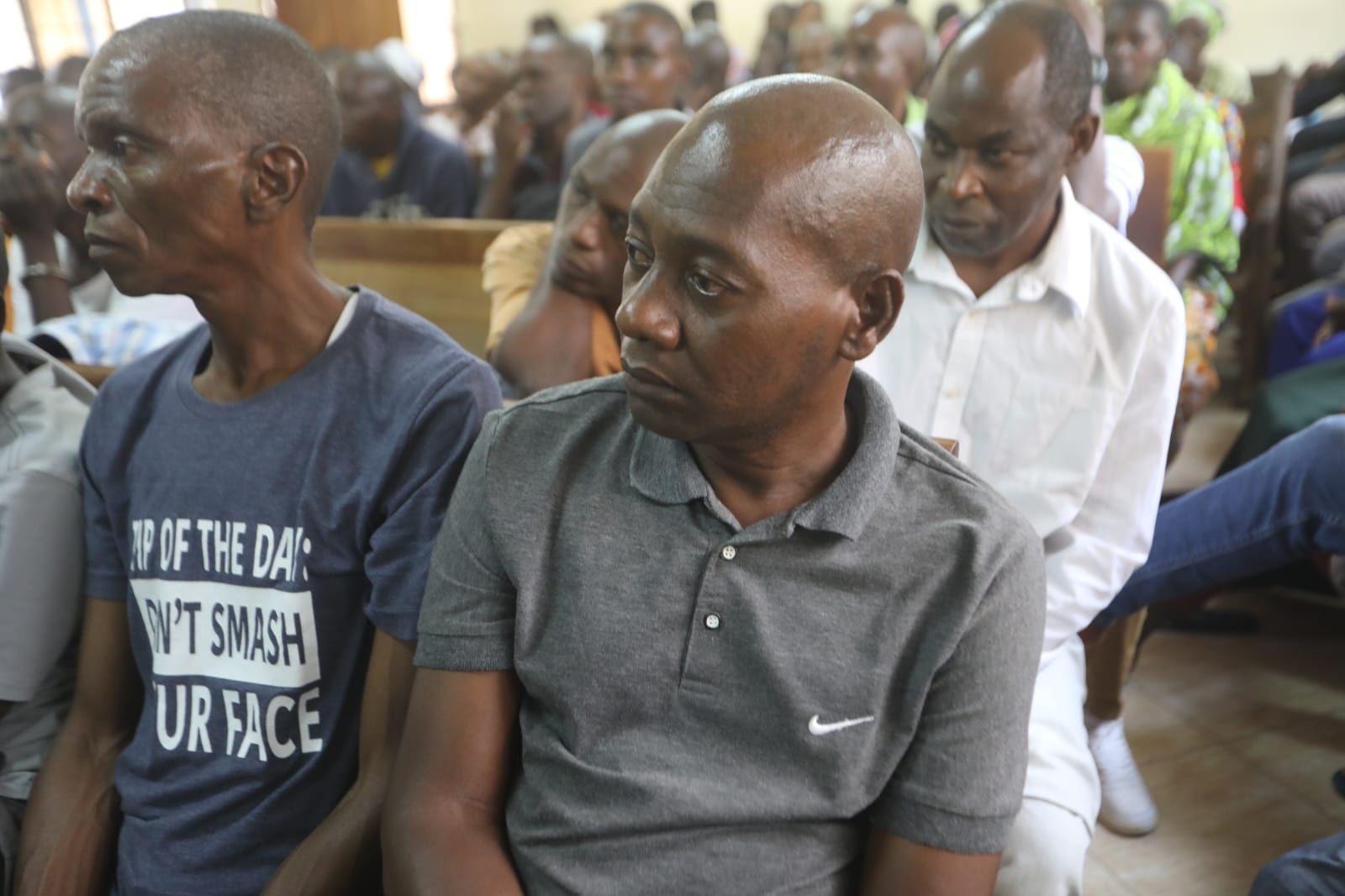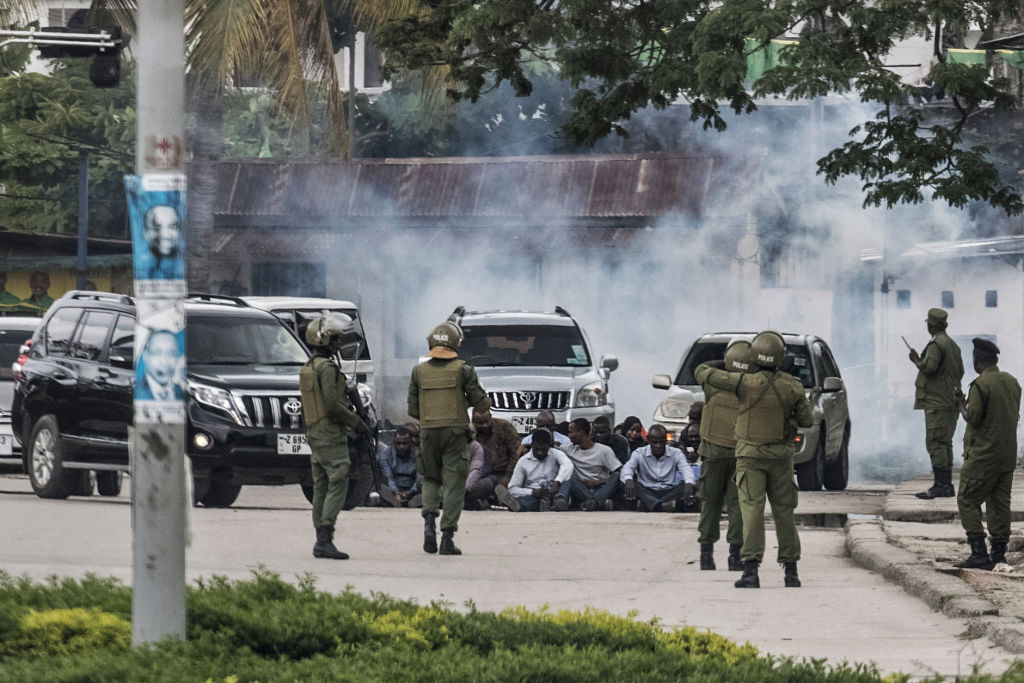Perpetual thirst, the unending water scarcity challenge in Eastleigh
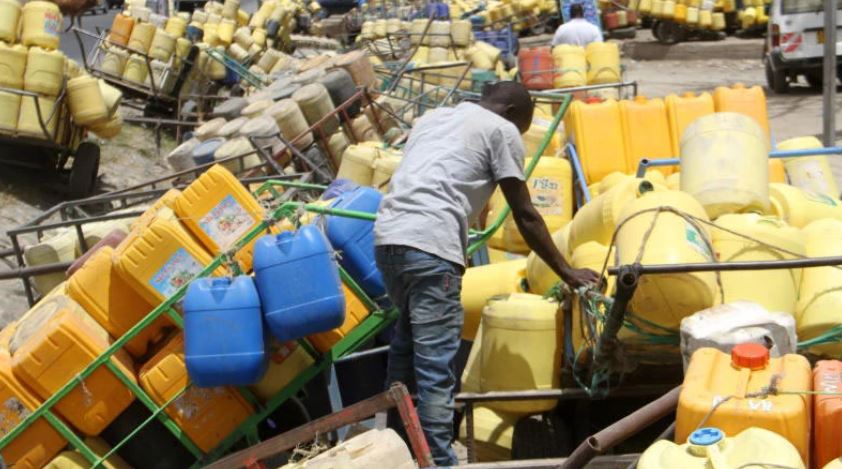
For years, the ever-growing streets of Eastleigh, Nairobi, have echoed water vendors' calls, and the residents have navigated the grueling path of persistent water shortages.
For years, the ever-growing streets of Eastleigh, Nairobi, have echoed water vendors' calls, and the residents have navigated the grueling path of persistent water shortages. Despite the changes in county governments, the community remains entrenched in the struggle for a reliable water supply.
The history of water scarcity in Eastleigh is a narrative woven with bureaucratic challenges, population growth, and inadequate infrastructure. As one county administration hands over the reins to the next, the core issue of insufficient water supply seems to persist unabated.
More To Read
- Robots, smart tables and Somali flavours: Eastleigh’s AK’s Restaurant is the future of dining
- Blame game as Kilifi County, Coast Water Works Agency clash over water shortage
- Kamukunji marks Mashujaa Day with tributes to Raila amid calls for unity
- How blocked drainage systems, open sewers threaten lives, businesses in Eastleigh
- MP Yusuf Hassan donates food, blankets to victims of three Kamukunji fire incidents
- Nairobi launches online platform to monitor, manage water usage
Water vendors, a ubiquitous presence in Eastleigh, offer a unique perspective on the matter. These entrepreneurs have become the lifeline for many residents who rely on them for their daily water needs. "We are here to fill the gaps left by the inconsistent water supply," says James Wangui, a water vendor who has witnessed the evolving water crisis over the years.
Residents, on the other hand, express a mixture of frustration and resignation. Mary Atieno, a long-time Eastleigh resident, laments, "It's disheartening that we still grapple with water shortages despite promises from successive County leaders. We've learned to adapt, but the toll it takes on our daily lives is immeasurable."
The question of why the water scarcity menace persists despite changing leadership is one that reverberates through the alleys of Eastleigh. Some attribute it to inadequate investment in water infrastructure, while others point to the challenges posed by the rapid population growth in the area.
Various County governments have initiated projects to address the water scarcity issue, but the impact seems to fall short of the growing demand. The lack of a comprehensive, long-term strategy has left residents in a cycle of water rationing and dependence on vendors.
As Eastleigh continues to evolve and thrive economically, the water scarcity challenge stands as a stark reminder of the pressing need for sustainable solutions. Until a concerted effort is made to address the root causes, the people of Eastleigh will continue to grapple with the enduring manacle of water shortage. Though in a recent statement, Nairobi County and Water Sewerage Company stated that Nairobi City County sources water from Kikuyu Springs, Ruiru, Sasumua, and Thika Dams, with a daily maximum production capacity of 525.6 million litres. Despite overflowing dams, water supply is confined, leading to water rationing.
The National and County Governments, through Athi Water Works Development Agency (AWWDA), work on the Northern Collector Tunnel Phase I Project, aiming to deliver an additional 140 million litres daily by March 2024. The Karemenu Dam Project anticipates providing 23 million litres daily by end-2023.
These projects aim to elevate water distribution, ensuring customers receive water thrice a week. Funding of Usd100 million secures development for the Northern Collector Tunnel Phase II Project, targeting an additional 120 million litres daily by 2026. The Maragua IV dam, through Public-Private Partnerships, promises 130 million litres daily by 2028, fortifying Nairobi's water infrastructure. Maybe by then the water problem in Eastleigh will have been addressed.
Top Stories Today

